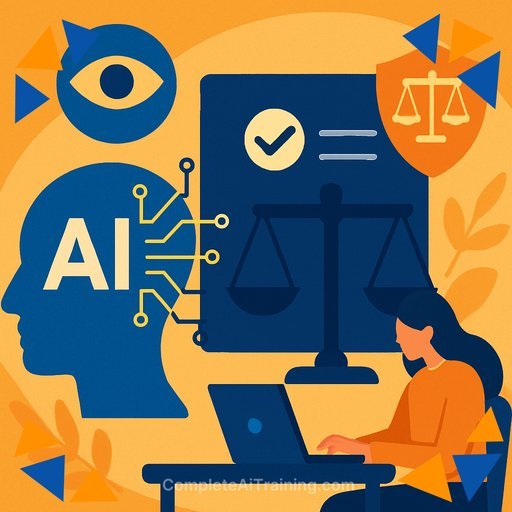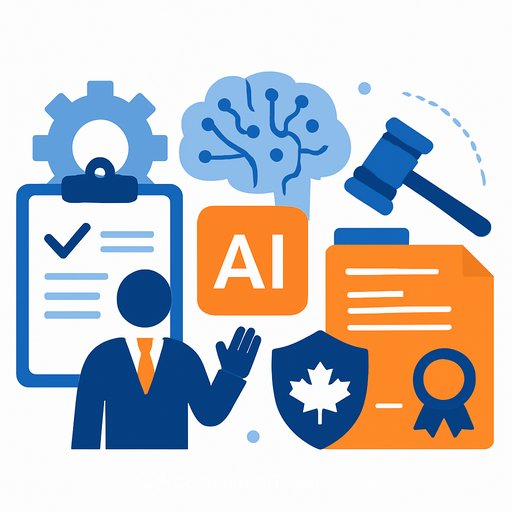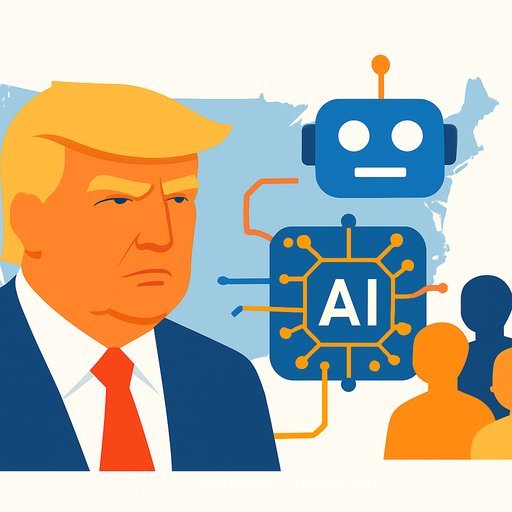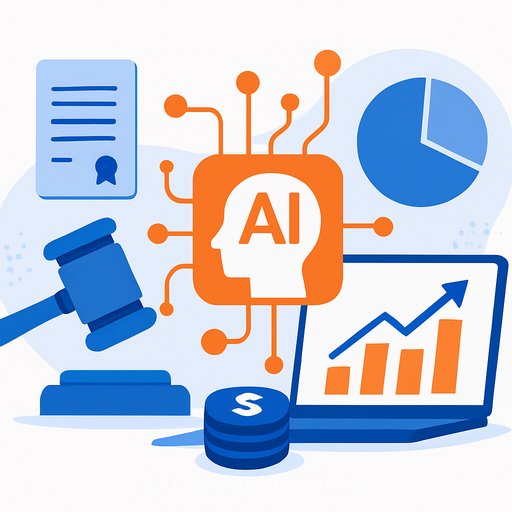What a difference a year makes: AI's practical role in legal practice
One year ago, many lawyers dismissed AI as a distraction. Today, adoption is widespread, with teams testing tools like Harvey, Legora, ChatGPT, Copilot, Claude, and Gemini for research, drafting, and admin work.
The sky hasn't fallen. AI is a tool. Used well, it saves time and reduces drudgery. Used poorly, it can create risk. Treat it like a chain saw: useful, efficient, and dangerous without training and guardrails.
The three core rules for legal use of AI
- Know what an LLM is doing before you use it.
- Don't put private or sensitive data into a public model.
- Verify every AI output before relying on it for advice, filings, or decisions.
Summaries built into everyday tools are the biggest time saver. They don't replace reading a case, precedent, or judgment, but they get you to the heart of the text fast.
What should AI be used for?
AI can draft contracts, generate first-pass research, and structure arguments. That's acceptable, provided lawyers check the work and own the output. The question isn't "Can we?" It's "Where should we draw the line?"
AI in judicial decision-making: where to pause
Could a machine assess personal injury damages in minutes by mining authorities and textbooks? Yes. Would many people prefer that over a two-year wait? Probably. So why hesitate?
- Judicial decisions are often final in practice. If a machine gets it wrong, there may be no realistic remedy.
- Machines don't replicate human judgment: emotion, empathy, idiosyncrasy, and insight matter in hard cases.
- Machine outputs freeze the state of intelligence at a moment in time. If we can't second-guess the model, future human thought may lose influence over how law develops.
Two questions to settle now
- Human rights: Can a machine-made decision meet the standard of an "independent and impartial tribunal established by law" under Article 6 of the ECHR?
- Scope: Which decisions do we want humans to make, and which are we comfortable assigning to machines? Should a defendant be able to choose a human or a machine for sentencing? Should judges consult a range of AI tools for a sense-check, or keep the bench fully analog?
Practical steps for firms, chambers, and courts
- Adopt an AI policy: approved tools, data handling rules, logging, and review standards.
- Keep a human in the loop for every output that reaches a client, court, or counterparty.
- Start with low-risk, high-value tasks: summarisation, first drafts, chronology building, document comparison, and research triage.
- Build verification routines: cite-checking, source tracing, and hallucination screening.
- Require model provenance: know which model you used, its version, risk profile, and any fine-tuning.
- For courts: consult publicly on where AI should assist (not decide), and publish standards for transparency, auditability, explainability, and appealability.
- Invest in training so lawyers understand limits, failure modes, and safe prompts.
Digital assets and cross-border trade: aligning private law
A new International Jurisdiction Taskforce has begun work to align private law issues across key jurisdictions so digital asset transactions on chain aren't blocked by conflicting rules. The initial focus: mapping differences in private laws and live regulatory frameworks, then testing whether existing legal statements on digital assets (property status, security interests, insolvency treatment) can apply more broadly.
Recent statutes provide momentum. The Electronic Trade Documents Act is in place, with further developments expected on digital assets. The goal is clear: enable efficient, well-regulated cross-border digital trade at scale.
Bottom line
Use AI where it saves time and lifts the quality of legal work. Keep humans responsible for judgment. Start the debate now on rights, boundaries, and the role of machines in decision-making, and build a Digital Justice System that improves access to justice while keeping trust intact.
Want structured, practical upskilling?
Explore curated AI training by role to help your team implement safe, effective workflows: Courses by job.
Your membership also unlocks:






